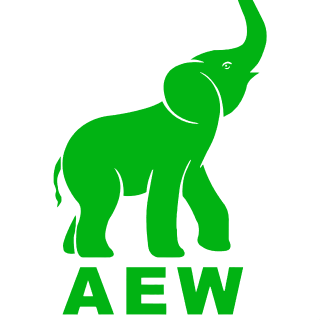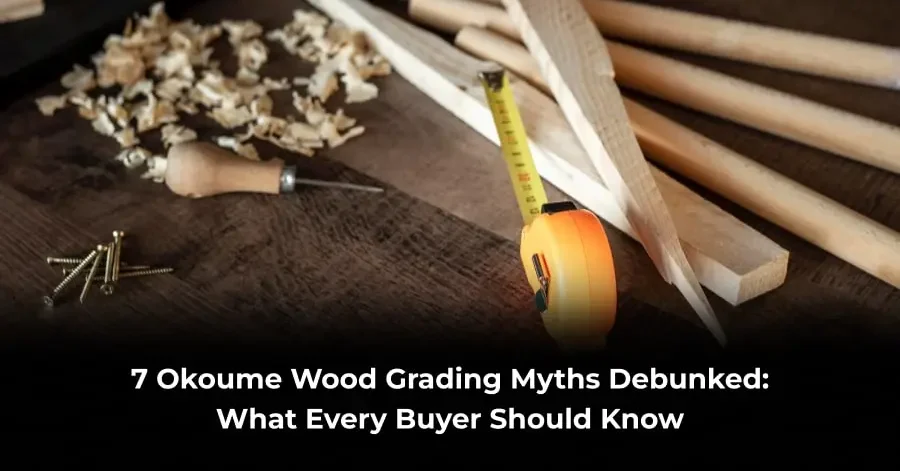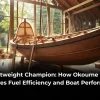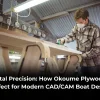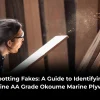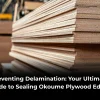For anyone passionate about woodworking, boat building, or fine furniture, few things are as exciting as selecting the perfect sheet of plywood. It’s the foundation of your project, the canvas for your creativity. Among the premium options, Okoume wood stands out for its legendary lightness, beautiful grain, and workability. But when it comes to understanding the wood grading system that classifies this exquisite material, confusion often reigns supreme.
Walking into a woodworking supplies store or browsing online can feel like deciphering a secret code. Is “A” always perfect? Does a “B” grade mean it’s useless? Misinformation can lead to costly mistakes, either by paying for a higher grade than you need or by ending up with material that sabotages your project. It’s time to clear the air.
This guide is your trusted companion. We’re going to debunk the seven most common myths about Okoume wood grading, empowering you to buy with confidence and clarity. We’ll also discuss why looking at actual wood grade images is more important than memorizing letters.
The Myths Debunked
Myth #1: “A Grade” Means the Wood is Flawless and Perfect
- The Truth: An “A” grade is the highest quality for the face veneer, but it is not flawless. It allows for small, neatly made repairs, tiny pin knots, and subtle color variations. The goal is a “sound” panel ready for a clear finish, where natural character is part of its beauty.
- What Every Buyer Should Know: Don’t expect sterile perfection. Expect a very high-quality surface suitable for high-end applications. If you need 100% flawless wood, you must hand-select panels beyond standard grading.
Myth #2: All “BB” Grades are Created Equal
- The Truth: The wood grading system can vary between manufacturers. One supplier’s “BB” grade might have more or larger knot repairs than another’s. The designation isn’t universally standardized.
- What Every Buyer Should Know: Always ask for specifications or actual wood grade images from the supplier. A reputable woodworking supplies store will provide visual examples of what their “BB” grade truly looks like.
Myth #3: The Grade Only Refers to the Front Face
- The Truth: The grade is expressed with two letters (e.g., A-A, A-B). The first letter denotes the face veneer quality; the second denotes the back veneer quality. An A-A panel has two “show” faces, while an A-B panel has a premium face and a more utilitarian back.
- What Every Buyer Should Know: Match the grade to your project’s visibility. There’s no need to pay for an A-A panel if the back will be hidden. An A-B grade of Okoume wood is often the most practical and economical choice.
Myth #4: Lower Grade Wood (like C or D) is “Bad” Wood
- The Truth: These grades refer to the appearance of the veneer, not the structural integrity. A “C” or “D” grade face will have more knots and repairs, but the core plies are still high-quality, strong Okoume wood.
- What Every Buyer Should Know: Lower-grade faces are perfect for structural parts, sub-decks, or any application that will be painted or covered. Using B-C or C-C panels for hidden structures saves money without sacrificing strength.
Myth #5: You Can’t Use a “B” Grade for a Clear Finish
- The Truth: A “B” grade face can be beautiful under a clear finish. It offers more character—larger knot repairs, minor discoloration, and prominent grain patterns—which many woodworkers desire for a rustic, authentic look.
- What Every Buyer Should Know: If you appreciate wood with character, don’t avoid “B” grade. Review wood grade images of finished projects to see if this aesthetic aligns with your vision.
Myth #6: The Grading System Tells You Everything About the Core
- The Truth: The grading letters focus solely on the surface veneers. They do not indicate the quality of the inner plies, such as the number of plies or the presence of core voids, which affect strength and screw-holding capability.
- What Every Buyer Should Know: Inquire about core quality beyond the face grade. Ask about ply count and the manufacturer’s reputation for minimizing voids. This is where a specialist woodworking supplies store adds immense value.
Myth #7: Okoume Plywood is Too Soft and Delicate for Serious Projects
- The Truth: Okoume’s lightness is its key advantage, offering an exceptional weight-to-strength ratio. While softer than oak, its durability comes from proper construction and finishing, such as encapsulation in epoxy for marine use.
- What Every Buyer Should Know: Judge the wood for its intended application. For lightweight, strong panels that finish beautifully, Okoume wood is an excellent choice when used correctly.
Why AEW Woods is Your Trusted Partner for Okoume Wood
Navigating the complexities of the wood grading system is only half the battle. The other half is finding a supplier you can trust. This is where AEW Woods shines. For decades, AEW Woods has been a cornerstone for craftsmen, boat builders, and architects seeking the finest imported woods. We don’t just sell wood; we provide expertise.
When you purchase Okoume wood from AEW Woods, you benefit from:
- Transparent Grading: We provide clear descriptions and wood grade images so you know exactly what to expect.
- Expert Guidance: Our team understands the wood grading system inside and out and can help you select the most cost-effective grade for your specific project.
- Quality Assurance: We source our Okoume from reputable mills, ensuring a superior product with minimal core voids and excellent construction.
Think of us as more than just a woodworking supplies store; we are your partner in creation.
Also Read: What is a Wood Grading System? The Ultimate Guide for Professionals
Conclusion
Understanding the wood grading system for Okoume wood is not about memorizing complex rules; it’s about demystifying the process to make informed, confident decisions. The myths we’ve debunked today all point to one central truth: knowledge is power. By looking beyond the letter grade to understand what it truly represents, and by consulting actual wood grade images, you can select the perfect material for your project without overpaying or compromising on quality.
Remember, the goal is to find the right balance between aesthetics, functionality, and budget. Whether you’re a seasoned professional or a dedicated hobbyist, partnering with an expert woodworking supplies store that values education and transparency—like AEW Woods—ensures that your supply of Okoume wood will be the solid foundation your next masterpiece deserves. So, arm yourself with this knowledge, and happy building!
Frequently Asked Questions (FAQs)
- What does “Okoume” mean?
Okoume (pronounced oh-KOO-may) is a species of tree (Aucoumea klaineana) native to West-central Africa. The plywood made from its veneer is prized for being one of the lightest hardwood plywoods available. - What is the best grade of Okoume plywood for a boat hull?
For a boat hull that will be fiberglassed, an A-B grade is typically the best choice. You get a beautiful, smooth “A” grade face for the exterior and a less expensive “B” grade for the interior, optimizing both cost and performance. - Can I see pictures of the different grades before I buy?
Absolutely. Any reputable supplier, especially a specialized woodworking supplies store like AEW Woods, should provide actual wood grade images for their products. Always ask for these photos if they are not readily available on the product page. - Is Okoume wood waterproof?
Okoume plywood is not inherently waterproof. It is typically made with a weather-resistant (WBP) glue, but the wood veneers themselves will absorb water if left unprotected. For permanent exposure to the elements, it must be properly sealed and encapsulated with epoxy and fiberglass. - How does the price change between different grades?
The price increases with the quality of the face veneers. An A-A panel is the most expensive, followed by A-B, then B-B, and so on. Using the correct grade for your application is the key to managing your project budget effectively.
